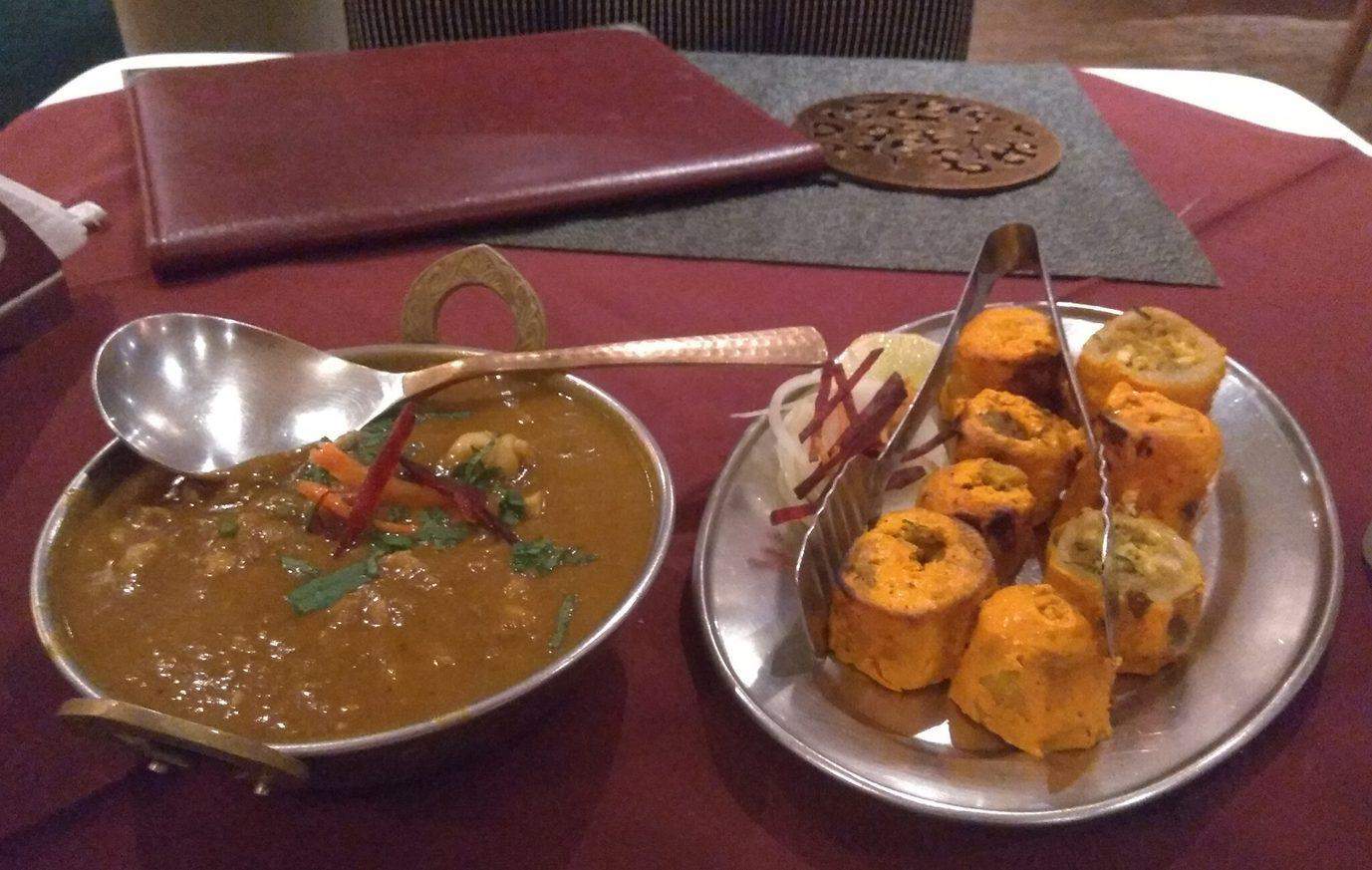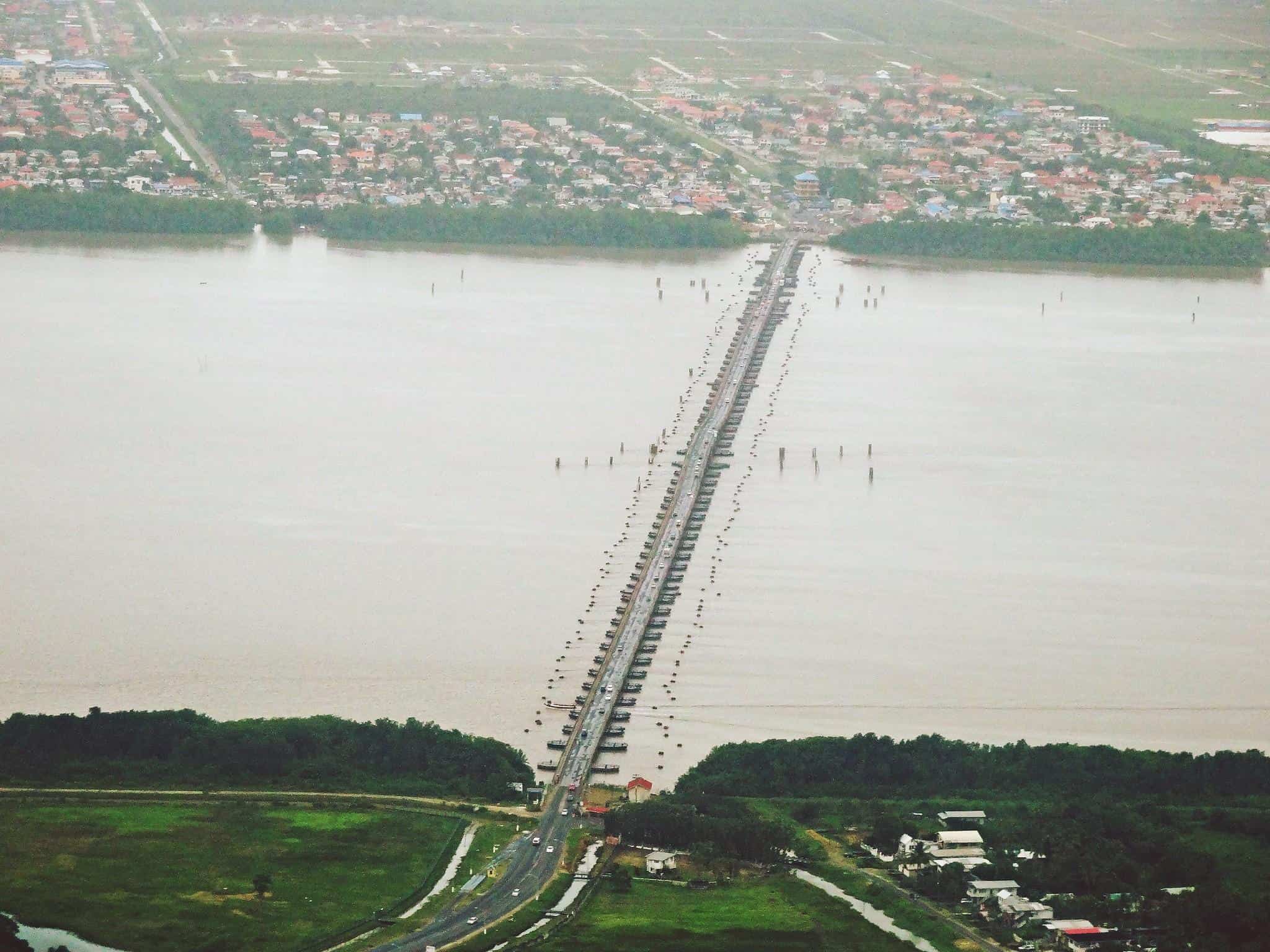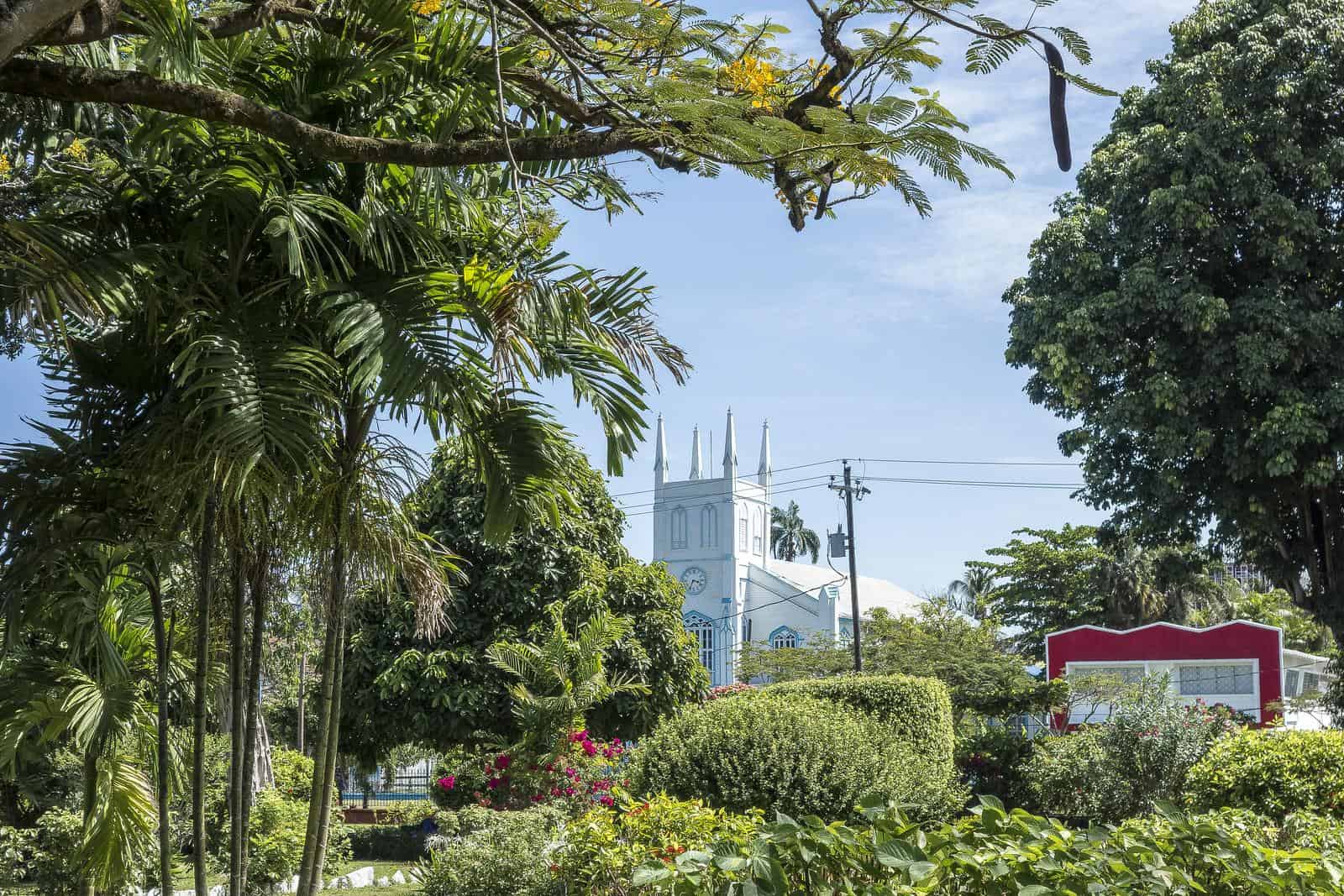
The vibrant capital of the only English-speaking country in South America, Georgetown might not be perceived yet as a top tourist destination, though surprisingly the city has a lot to offer for even the most skeptical visitors. Georgetown's multi-cultural heritage and colonial past are reflected at any facet of its soul. Descendants of African slaves, scions of Indian migrants and small Amerindian minority are all immersed into this Amazonian melting pot, also serving as a gateway for Guyana’s abundant natural wonders.
Colonized both by Dutch, French and British, Georgetown has a tremendous architectural legacy reflected by dozens of colonial style wooden buildings, each holding a unique story behind its construction coupled with historical significance.
One of the city’s most impressive edifices is undoubtedly Georgetown city hall, designed by the renowned British architect Ignatius Scoles, this building is an exceptional example of Neo-Gothic architecture merged into an Amazonian tropical context, thus while the wooden building materials and roofed spacious balconies are the result of the abundance of timber and humid climate respectively, its embellished façade and castle-like tower are a reference of European heritage.
Another Gothic gem not be missed is St. George’s Cathedral, one of the largest wooden churches in the world, famous for its white iconic façade whereas the cathedral’s interior is full of ornamental elements marvelously depicting historical events of Christian and Caribbean traditions.

Georgetown city hall
photography by: Omri Westmark
Nestled along the banks of the Demerara river estuary, Stabroek Market is not only an architectural marvel, but also serves as the epicenter of Georgetown vibrant economy.
Some speculations state that the market’s current location was used for informal commercial activity as early as the 18th century, subsequently reincarnated as the present Stabroek Market in 1880, constructed by Guyana’s former British colonizers as a measure of regulating the market’s hectic premises, probably making it the oldest building still in use throughout the city.
Nowadays, the market lively scenery reflects the country’s melting pot of different cultures and ethnicities, offering everything from exotic fruits and vegetables, local seafood, imported merchandise from India to even jewelries and fashion accessories.
As the aforementioned historic colonial buildings, Stabroek Market was designed to express European architectural heritage while adapting and modifying some elements to better suit the local tropical climate, featuring a magnificent Victorian style clock tower, somewhat balancing the chaotic commotion around.
The market is a hotspot for pickpocketing, thus it’s advisable not to carry any valuables when visiting.

The fish section in Stabroek Market
photography by: Omri Westmark
When European powers first colonized Guyana, thousands of African slaves were brought to work in sugar plantations, resulting in sharp increase of the colony’s economic output. In 1838, after the abolishment of slavery, the British looked for an alternative labor force, subsequently mobilizing Indians from the region of Calcutta to replace the slaves.
The masses of people migrating from the Indian subcontinent completely changed the country’s demographics, consequently enriching its cuisine with exceptional flavors.
Interestingly, not only the migration from India transformed the local culinary scene, but also the Indo-Guyanese cuisine adjusted and changed according to its new geographical context, adopting local herbs and vegetables, adding potatoes to curry and refraining from using yogurt or ghee butter. Among most popular dishes are curry accompanied by different kinds of meat and seafood, roti, dal puri, Sattu and more.
Georgetown has couple of excellent dining options for whoever opts to try the local Indian cuisine, two more prominent options are Aagman and Maharaja Palace restaurants.

Indo-Guyanese delicacies in one of Georgetown’s Indian restaurants
photography by: Omri Westmark
Built as a measure to combat land erosion by the Atlantic Ocean, the seawall stretches roughly 450 km along the Guyanese coastline, protecting the nation from the inundating water.
This engineering marvel is considered as one of the city’s most recommended places to visit, since the wall itself forms an elevated promenade offering a glimpse of the murky sediment-rich waters around Georgetown.
The partly informal esplanade has couple of interesting sites to explore along its banks, one of which is Georgetown Seawall Bandstand, built in honor of Queen Victoria and serves as a historic relic of the British rule. Another worth visiting place is the 1823 monument commemorating the Demerara rebellion of 1823, led by slaves demanding emancipation and freedom from the harsh conditions and maltreatment by their colonial owners, resulting in a large scale carnage of around 100-200 slaves.
To complement the historic aspects of the Seawall, handful of beaches along the barrier offer a peaceful hideaway, while adjacent kiosks and food stalls make the experience even more pleasant and ample.

One of the beaches along the Seawall
photography by: Omri Westmark
Ranks as the 6th least densely populated country in the world, Guyana is mostly covered by a thick rainforest, leaving a narrow corridor along the coastline and the Demerara River as the country’s only major population center, with its capital city of Georgetown nestled along the river’s east bank. In attempt to link Georgetown to some of its satellite towns on the western bank of the Demerara River, the Guyanese government decreed in the 1970’s the construction of Demerara Harbour Bridge, the longest floating bridge in the world at its inception, an enormous achievement for the young and impoverished nation of that time, making the mega-structure a national symbol and a source of pride.
The bridge itself is 2km long, floating over 114 pontoons, granting the passage of small vessels, while large vessels can cross only when the bridge retractor is operated, quite a unique and spectacular sight to watch. It’s recommended to check the retraction schedule at the bridge’s official website prior to your visit.
If you intend to cross the bridge from east to west, bear in mind that a toll of 200 GYD (~1$) is being charged, while the opposite direction is free.

Demerara Harbour Bridge
photography by: amanderson2
Relative to its minuscule size, Guyana biodiversity is humongous, with over 2000 species of birds, mammals and reptiles while its flora has more than 6,500 species of trees and plants.
For travelers seeking to experience the country’s rich wildlife without venturing deep into its virgin rainforests, Georgetown’s botanical gardens can satisfy that exact desire.
Designed by the British Botanist John Frederick Waby during the 1870’s, the Botanical gardens have extensive medley of plants like palms and aquatic flowers, culminated by Guyana’s national flower, the majestic Victoria Regia Lily.
Interestingly, what makes the garden truly unique in comparison to its peers in developed countries is the fact that the man-made infrastructure is not as intrusive, sometimes even reclaimed by nature, intensifying the place’s authenticity and its sense of wildness.
Within the premises of the gardens lies a zoo, complementing the veggie showcase with some of Guyana’s endemic species, such as Capuchin Monkey, Jaguar, Puma, Anaconda and more. Although watching animals in captivity is not as exciting, and for some even immoral, as in their natural habitat, yet some of those creatures are extremely rare and difficult to spot in the wilderness, practically making it your only chance of seeing them.

Georgetown Botanical Gardens
photography by: Dan Sloan
What the Pyramids of Giza are for Egypt and Mount Fuji is for Japan, is synonymous with Kaieteur Falls for Guyana, the largest single drop waterfall in the world by water volume is unquestionably the country’s most iconic highlight and the perfect half a day getaway from the hustle and bustle of Georgetown.
Located in the midst of the national park holding its name, the Kaieteur Falls are a spectacle unmatched even by some of the most famous waterfalls worldwide. This endless stream of water from the Potaro River violently and dramatically plummets 226 meters downwards a crag, while the sheer extent of the plunge is so strong that water droplets are sprinkled at visitors standing hundreds of meters away.
Additionally, Kaieteur national park and the area around the falls is home for unique wild species, some of which can’t be found elsewhere, most notably the elusive golden frog, also known as Anomaloglossus beebei, hiding deep inside moist leaf axils.
Reaching Kaieteur Falls is neither easy, nor cheap, but definitely worth the effort. The most reliable way of getting there is by plane, two small airlines operate a flight service from Ogle Airport in Georgetown, although departures take place only if a minimum number of passengers is reached, whereas most aircrafts on this route have a maximum capacity of 12 persons, making it quite challenging to actually meet both criteria, hence it’s recommended to allocate at least two days for this adventure just in case.

Kaieteur Falls from an aircraft, upon landing
photography by: Omri Westmark